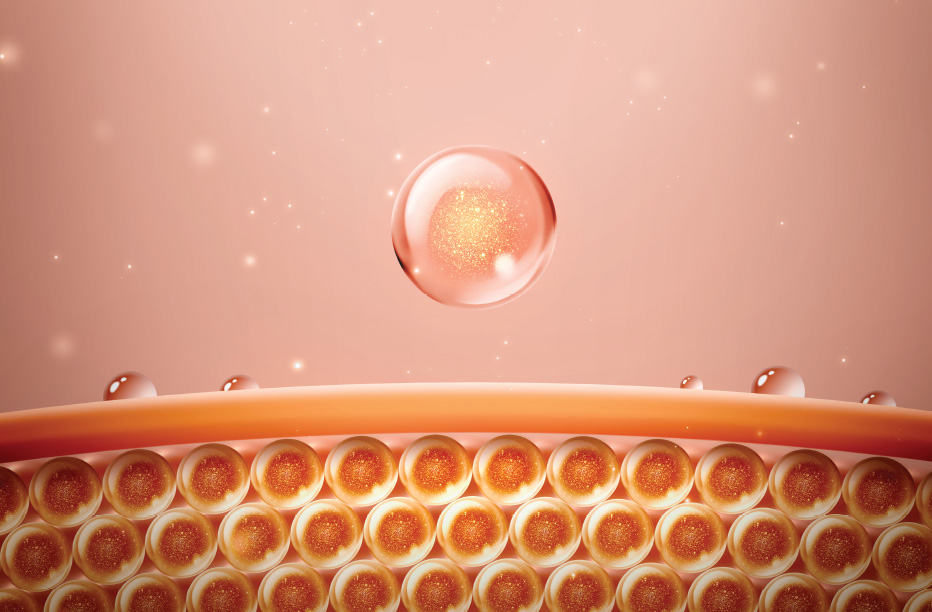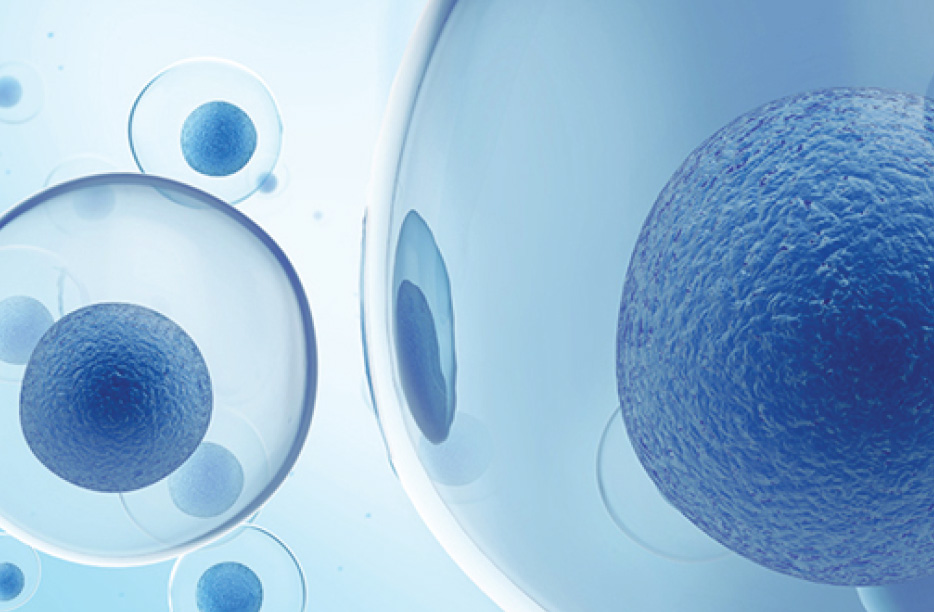Treatment Field
For 30 years, hematopoietic stem cell transplantation has been used to treat people with diseases such as leukemia and lymphoma.
From a stem cell transplant perspective. The donor's healthy bone marrow regenerates related stem cells to produce cells that the host's body is lacking.
Transplanted stem cells also create an immune response that helps kill cancer cells.
However, this process can be overdone, which can lead to graft vs. host disease, the most serious side effect of this treatment.

Stem Cell Therapy
Advances & Examples
A representative stem cell therapy is Prochimal, which was conditionally approved in Canada in 2012 to manage acute transplant-versus-host disease in children who do not respond to steroids.
The FDA has approved five hematopoietic stem cell products derived from umbilical cord blood for use in the treatment of hematological and immunological diseases.
If we look at the history of stem cell treatment in Asia since then, in 2013, Japan revised the existing Pharmaceutical Affairs Act to allow unlicensed stem cell treatment to be performed under the responsibility of doctors.
In the past, Japan classified stem cell therapy products as pharmaceuticals under the existing Pharmaceutical Affairs Act, but through a conditional approval system, even unlicensed stem cell therapy products were allowed to be performed in hospitals under the responsibility of doctors.
On September 6, 2018, the Taiwanese government approved six items of human cell therapy.
The six items of human cell therapy include autologous peripheral blood hematopoietic stem cell transplantation, autoimmune cell therapy, autologous adipose stem cell transplantation, autologous fibroblast transplantation, autologous bone marrow mesenchymal stem cell transplantation, and autologous chondrocyte transplantation.
Tens of thousands of people, including terminal cancer patients, stage 1 to 3 cancer patients, severe burn patients, and degenerative arthritis patients, can now receive cell therapy in Taiwan without undergoing clinical trials for new drugs or traveling abroad for treatment.
In December 2018, the Japanese government became the first in the world to allow commercialization of stem cell therapy for the treatment of spinal cord injury.
On March 5, 2019, the second case of treating an AIDS patient with stem cell therapy was published in the journal Nature.
It has been 12 years since the first case, the Berlin patient, appeared in 2007.
When hematopoietic stem cells that had been mutated to not produce the CCR5 gene were transplanted into AIDS patients, HIV completely disappeared.
When tested again 18 months later, HIV was not detected.
There are also types of HIV that use genes other than CCR5.
Both current clinical trials only work with HIV, which uses CCR5 as a means of infection.

Stem Cell Treatment
Research Status
Stem cells are being studied for a variety of reasons, and the molecules and exosomes secreted by stem cells are also being studied to create drugs.
In addition to the functions of the cells themselves, paracrine soluble factors produced by stem cells are being studied for treatment of degenerative, autoimmune, and inflammatory diseases as stem cell-based mechanisms have been revealed.
